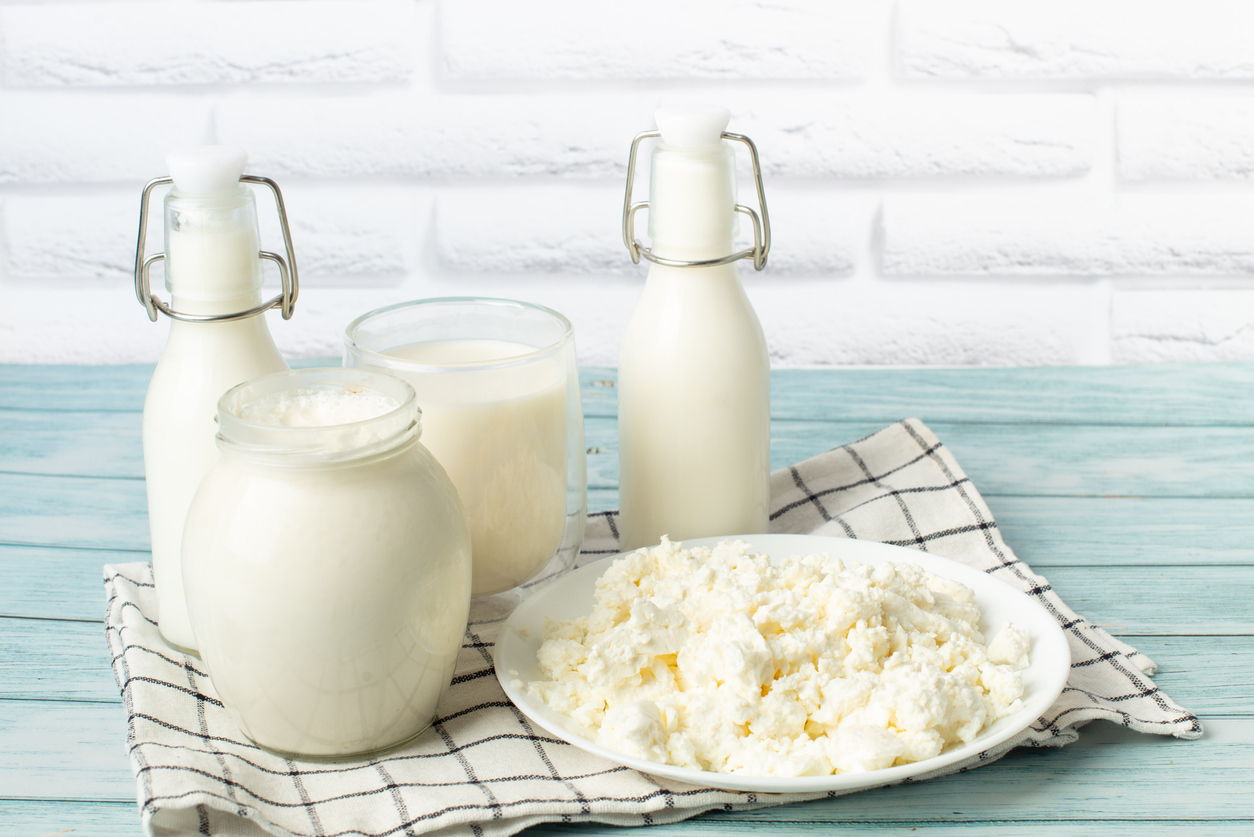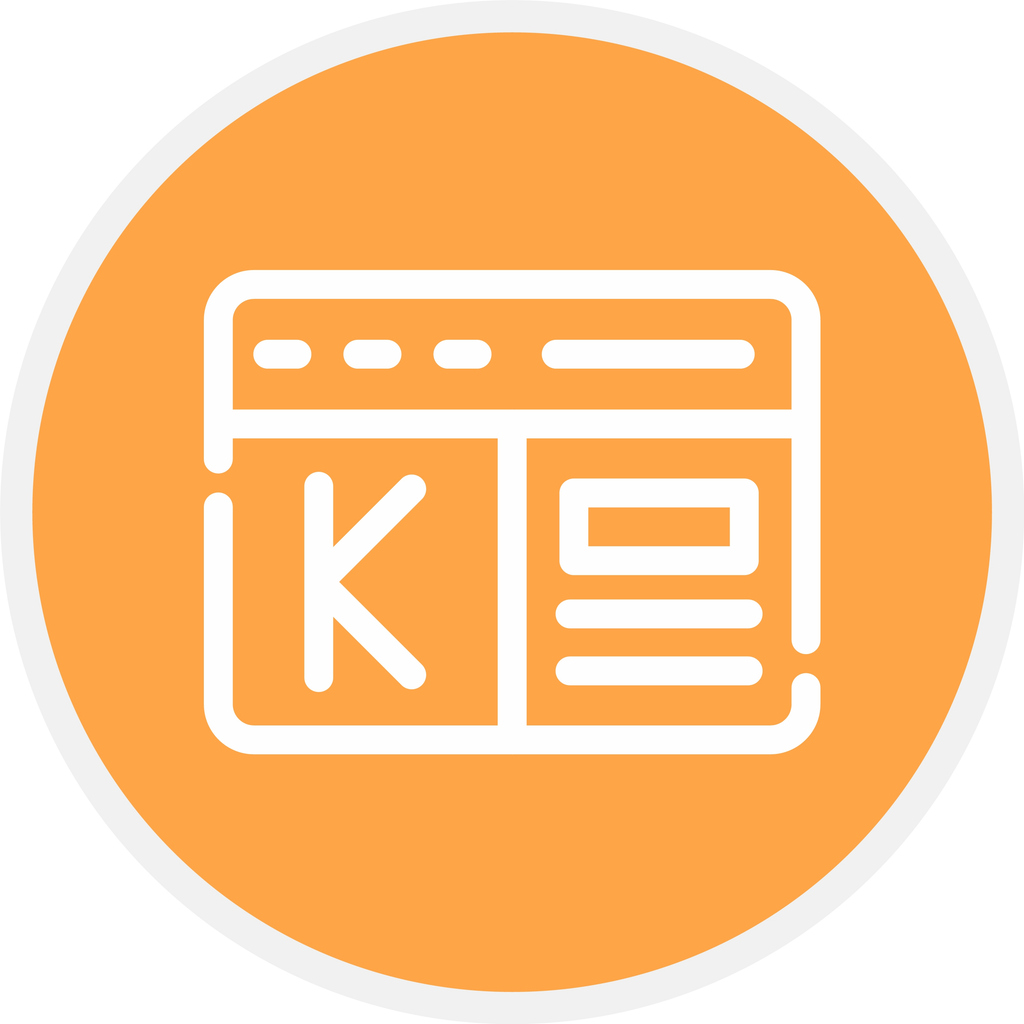Forecasting the Future: What to Expect from Goat Milk Prices in 2024
Forecasting the Future: What to Expect from Goat Milk Prices in 2024
Are you ready to take a glimpse into the future? Step right up as we delve into the fascinating world of goat milk prices in 2024. As consumers become more health-conscious and environmentally friendly, this alternative dairy product has been steadily soaring in popularity. But what does the crystal ball reveal about its pricing trajectory? Join us on this thrilling journey as we forecast what lies ahead for goat milk prices, uncovering insights that will leave you both informed and captivated. Brace yourself for an unforgettable ride!
Introduction to the Goat Milk Industry
The goat milk industry has been gaining significant attention in recent years, with the demand for goat milk and its products increasing globally. Goat milk is a nutritious and versatile alternative to cow’s milk, making it a popular choice among consumers who are looking for healthier options.
In this section, we will provide an introduction to the goat milk industry, including its history, production methods, and market trends. This information will give you a better understanding of the factors that affect goat milk prices and what can be expected in the future.
History of Goat Milk Industry:
Goats have been domesticated for thousands of years, primarily for their meat and milk. The earliest evidence of humans consuming goat milk dates back to 9000 BC in ancient Mesopotamia. Throughout history, goats were kept by nomadic tribes as a source of food and drink due to their ability to survive harsh climates and provide nourishment even in poor conditions.
Production Methods:
Today, goat farming is practiced worldwide on small-scale family farms or large commercial operations. The production methods may vary depending on the location and climate; however, there are two main systems used – intensive or extensive.
Intensive systems involve keeping goats indoors all year round or during periods when pasture growth is limited. In contrast, extensive systems allow goats to graze freely on pastures throughout most of the year.
Factors Affecting Goat Milk Prices: Demand and Supply
1. Factors Affecting Goat Milk Prices: Demand and Supply
Goat milk is a highly sought-after product due to its numerous health benefits and increasing popularity among consumers. As with any commodity, the price of goat milk is affected by various factors that determine its demand and supply in the market. In this section, we will discuss the key factors that influence goat milk prices and their impact on the future forecast.
1.1 Demand for Goat Milk:
One of the primary factors affecting goat milk prices is consumer demand. The rising awareness about the nutritional benefits of goat milk has led to an increase in demand worldwide. With more people preferring healthier options in their diet, there has been a significant shift towards organic and natural products, including goat milk.
Moreover, with advancements in technology and transportation, consumers now have access to a wider range of dairy products from different parts of the world, leading to increased competition among dairy producers. This heightened competition can also affect demand for goat milk as consumers have more options to choose from.
Another crucial factor driving up the demand for goat milk is its use in specialty products such as cheese, yogurt, ice cream, and infant formula. These products are gaining popularity globally due to their unique taste and nutritional value provided by goat milk.
Current State of Goat Milk Prices in 2024
The global demand for goat milk has been steadily increasing over the years, leading to a rise in its prices. In 2024, we can expect this trend to continue as the current state of goat milk prices is expected to remain stable and potentially even increase.
One of the main factors contributing to the current state of goat milk prices is the growing consumer awareness and interest in healthier and alternative dairy products. Goat milk is known for its numerous health benefits, including being easier to digest than cow’s milk and containing higher levels of essential nutrients such as calcium, potassium, and vitamins A and B.
Furthermore, with an increasing number of people adopting plant-based diets or experiencing lactose intolerance, there is a growing demand for non-dairy options such as goat milk. This has led many dairy companies to expand their product lines by offering goat milk products, further driving up its demand and prices.
Another factor that has a significant impact on goat milk prices is the cost of production. Goats require less space and feed compared to cows, making them more cost-effective for farmers. However, like any other livestock industry, there are various factors that can affect production costs such as weather conditions, availability of resources like land and water, and labor costs. These factors can influence the supply of goat milk and consequently affect its market price.
Predictions for Future Goat Milk Prices in 2024
The future of goat milk prices is a topic that has garnered much attention and speculation in recent years. With the global demand for dairy products on the rise, coupled with concerns over sustainability and animal welfare, many consumers are turning to alternatives like goat milk. This increased demand has had a significant impact on the prices of goat milk, and it is expected to continue shaping the market in the coming years.
As we look towards 2024, there are several factors that will influence the future prices of goat milk. One crucial factor is the growing trend towards health-consciousness among consumers. Goat milk is often considered a healthier alternative to cow’s milk due to its lower lactose content and higher levels of essential vitamins and minerals. As more people prioritize their health, it is likely that demand for goat milk will continue to increase, driving up its price.
Another major factor affecting the future of goat milk prices is supply and production. The number of dairy goats worldwide has been steadily increasing in recent years as farmers recognize the potential profitability of this sector. However, compared to cows, goats produce significantly less milk per animal, making them more expensive to raise and maintain. This could potentially limit supply growth and put upward pressure on prices.
Potential Impacts on Consumers and Producers
As with any market, changes in goat milk prices can have significant impacts on both consumers and producers. In this section, we will explore the potential effects that fluctuations in goat milk prices may have on these two groups.
1.1 Consumers
One of the primary concerns for consumers is how changes in goat milk prices will affect their grocery budget. Goat milk is often touted as a healthier alternative to cow’s milk, which has led to an increase in demand for it in recent years. However, this also means that any increase in price could significantly impact consumers’ ability to purchase goat milk.
In the short term, an increase in goat milk prices may not have a significant impact on consumers who are willing and able to pay a premium for its perceived health benefits. However, over time, sustained price increases could make goat milk less accessible and affordable for many households.
On the other hand, if there was a downward trend in goat milk prices, it would be good news for consumers as they could save money or potentially try out new products made from goat’s milk that they previously couldn’t afford.
However, regardless of whether prices rise or fall, one thing remains certain – fluctuations in goat milk prices will ultimately impact consumer choice and behavior. For example, if prices continue to rise steadily over time, some consumers may switch back to cow’s milk due to affordability concerns.
Strategies for Coping with Fluctuating Goat Milk Prices
Goat milk prices can be unpredictable and fluctuate significantly throughout the year. This can be a challenge for dairy farmers, as they need to plan and budget accordingly to ensure profitability. However, there are some strategies that farmers can implement to cope with these fluctuations and minimize their impact on their business.
1. Diversify Your Product Range
One effective way to cope with fluctuating goat milk prices is by diversifying your product range. Instead of solely relying on selling raw goat milk, consider expanding into other dairy products such as cheese, yogurt, or ice cream. These products tend to have a longer shelf life and may fetch higher prices in the market compared to raw milk. By diversifying your product range, you can reduce your reliance on goat milk prices alone and create multiple streams of income for your farm.
2. Establish Long-Term Contracts
Another strategy for coping with fluctuating goat milk prices is by establishing long-term contracts with buyers. This ensures a stable market for your goat milk at a predetermined price over an extended period of time.
3. Manage Production Costs
Managing production costs is crucial in dealing with fluctuating goat milk prices effectively. It’s essential to keep track of all expenses related to producing goat milk, including feed costs, labor costs, veterinary expenses, and equipment maintenance costs.
Conclusion: The Importance of Staying Informed and Adapting to Changes in the Market
It is clear that staying informed and adapting to changes in the market is crucial for those involved in the goat milk industry. As we have seen through our analysis of past trends and current factors influencing goat milk prices, the market can be highly volatile and unpredictable. Therefore, being well-informed about the latest news, trends, and developments in the industry is essential for making informed decisions.
One of the key reasons why staying informed is important is that it allows producers and other stakeholders to anticipate potential changes in demand and supply that may affect goat milk prices. By keeping an eye on consumer preferences, economic conditions, and competition within the market, producers can adjust their production levels accordingly to meet changing demands. This not only helps avoid oversupply or undersupply situations but also enables producers to take advantage of favorable price trends.
Additionally, being aware of industry updates can also help farmers stay ahead of any potential regulatory changes or shifts in government policies that may impact their operations. For instance, if there are new regulations put in place regarding animal welfare standards or environmental sustainability practices for dairy farms, staying informed will allow producers to make necessary adjustments before it becomes mandatory.
Moreover, with technological advancements rapidly transforming the agricultural landscape, staying updated on new innovations and practices can give goat milk producers a competitive edge. Whether it’s implementing automation systems for more efficient milking processes or using data analytics tools to optimize feed management strategies – staying informed about these developments can significantly improve productivity and profitability.








Comments are closed.